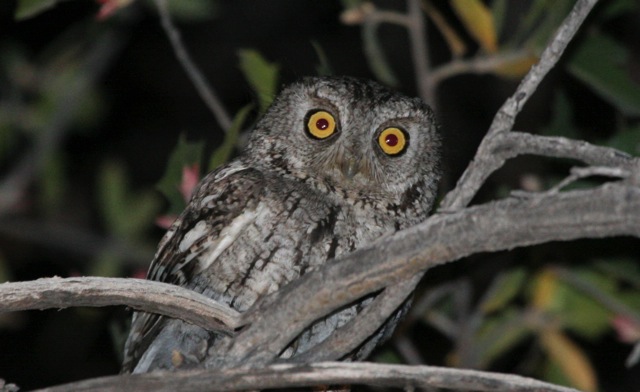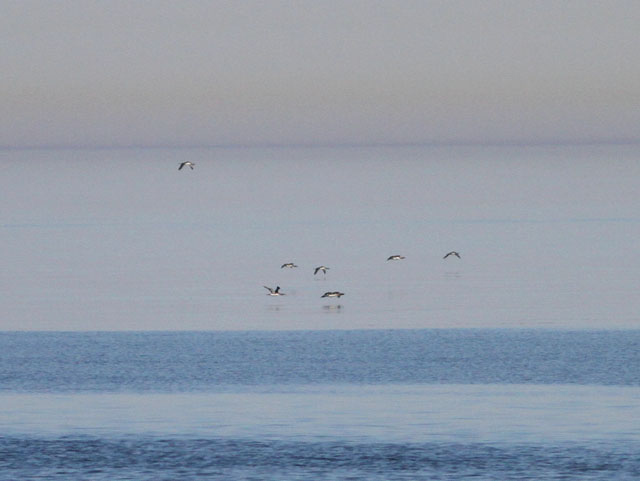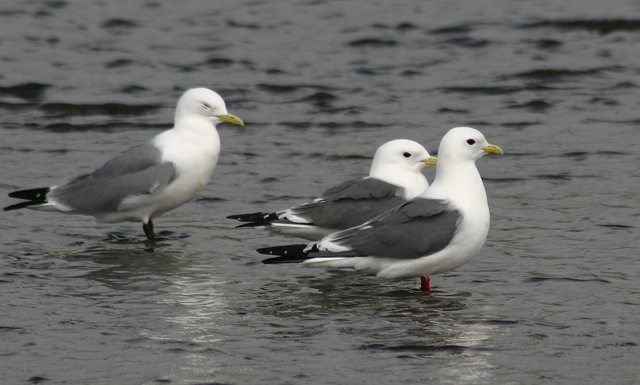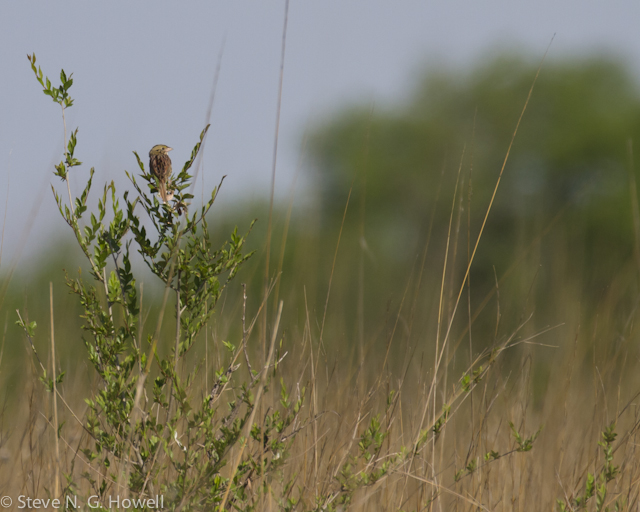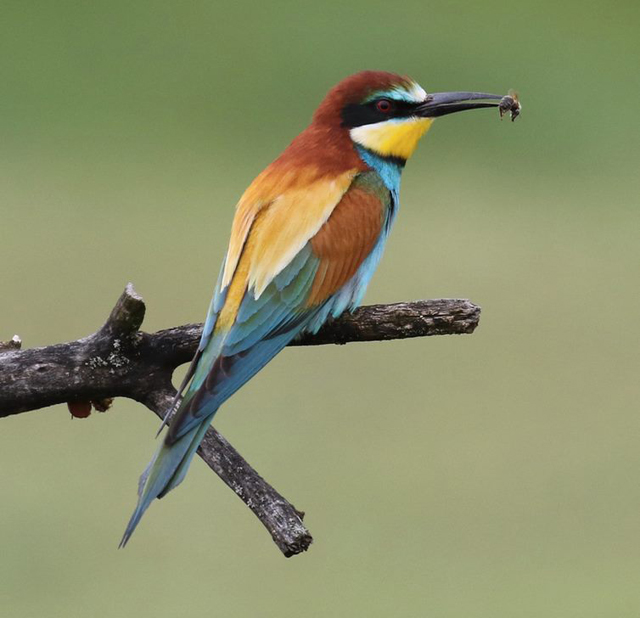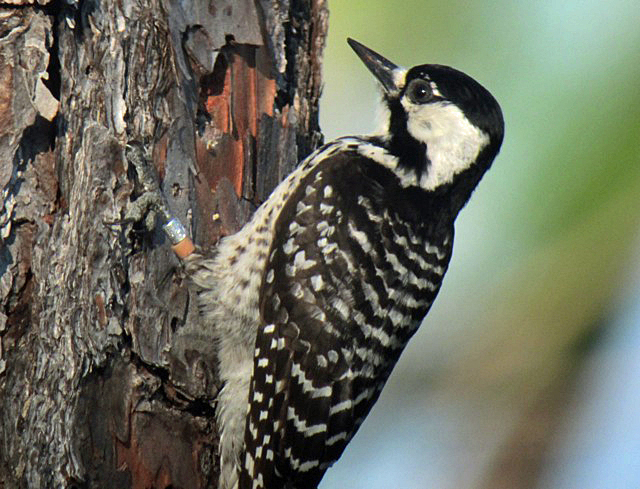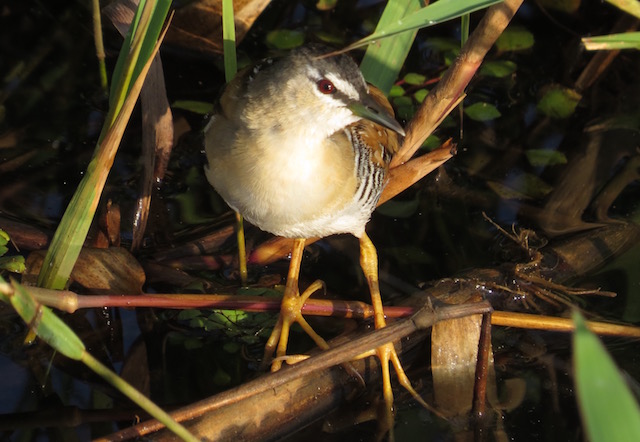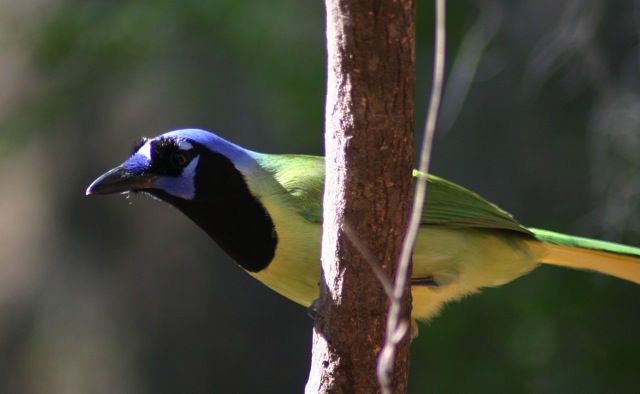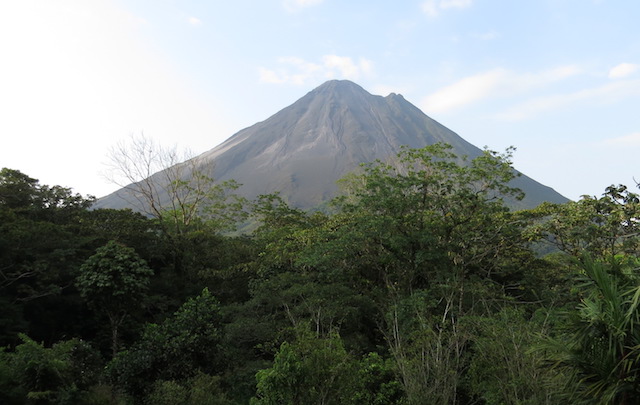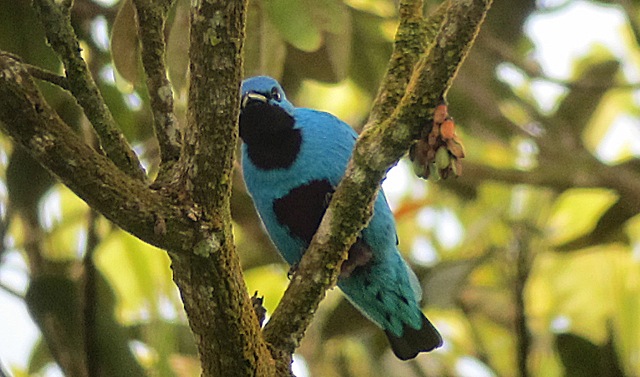Reports From the Field
Jul 12, 2016
James Lidster on his recently concluded tour, Estonia in Spring: Migration along the Baltic Sea
Jul 10, 2016
Gavin Bieber on his just-completed tours to the Pribilof Islands and Point Barrow, Alaska
Jul 10, 2016
Gavin Bieber and Evan Obercian on their just-completed tour, Alaska: Majesty of the North
© 2026 WINGS Birding, Inc.
